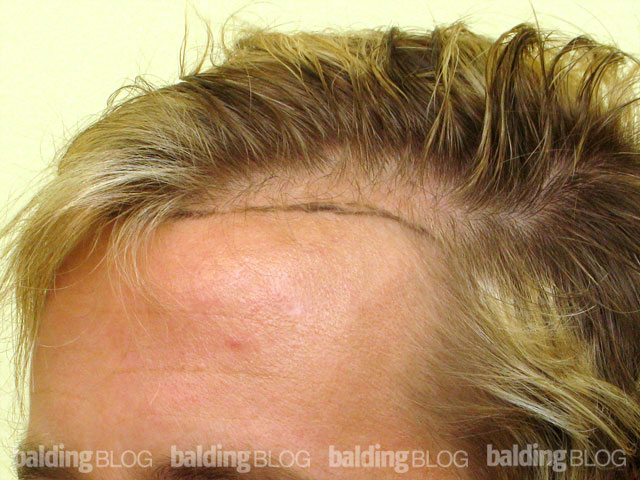I’m going to rant for a moment, even though I know I’m running the risk of repeating myself. I’m disheartened by the amount of emails I get from people that are upset about the “bargain” hair transplant they got at various clinics around the globe. Of course, we realize that usually it’s the negative results that are the subject of such communications and we do not often hear from those patients with great results, but I felt I needed to post this as a reminder to the regular readers and hopefully something fresh for new visitors.
I believe that finding a good hair transplant doctor is like locating a good heart surgeon. Yes, heart surgery is more important than a cosmetic surgery… but I’m referring to the process of selecting a doctor. There are many qualified surgeons, but only a handful are capable of producing consistent, high quality results. In the heart field (I started out as a cardiac surgeon), you simply die when you select the wrong surgeon or get the wrong surgical team.
I’m sure I’ve mentioned it before on this site, but I remember a patient who came to see me (with his two kids) for a consultation. He then selected another doctor just a couple of miles from my office to have a transplant at the low, low price of $1.75/graft. When costs are too cheap, the quality of care tends to be low and corners are cut. That patient died during the transplant. It was the only death from a hair transplant that I’ve heard of. Granted, this was an extreme case of a hair transplant gone wrong. The usual result from a hair transplant that does not go perfectly will be with you for the rest of your life, and if the process is done without a focus on details and the art of the transplant, you will end up advertising your poor decision to everyone you meet. So please, please read this easy how-to guide on selecting your transplant doctor — here.
Some of the public is misinformed when it comes to doctors who offer hair transplantation. Just because a doctor is offering it, it doesn’t mean he can actually do what he’s selling you. The results from a hair transplant takes 6-8 months to grow, so by the time the results are evident, the patient’s check has cleared the doctor’s bank account and as many patients find out, there is little recourse to getting their money back from a failed hair transplant. Or worse, the results are clearly unnatural and detectable. Remember to research, meet patients, and be a smart shopper. I know the economy isn’t great for a lot of people right now, but don’t forget that this surgery is forever.
Further reading on this topic can be found here:



Paid advertisements (not an endorsement):




 Of course, you know that I pioneered follicular unit extraction (FUE) and published the first article in the
Of course, you know that I pioneered follicular unit extraction (FUE) and published the first article in the